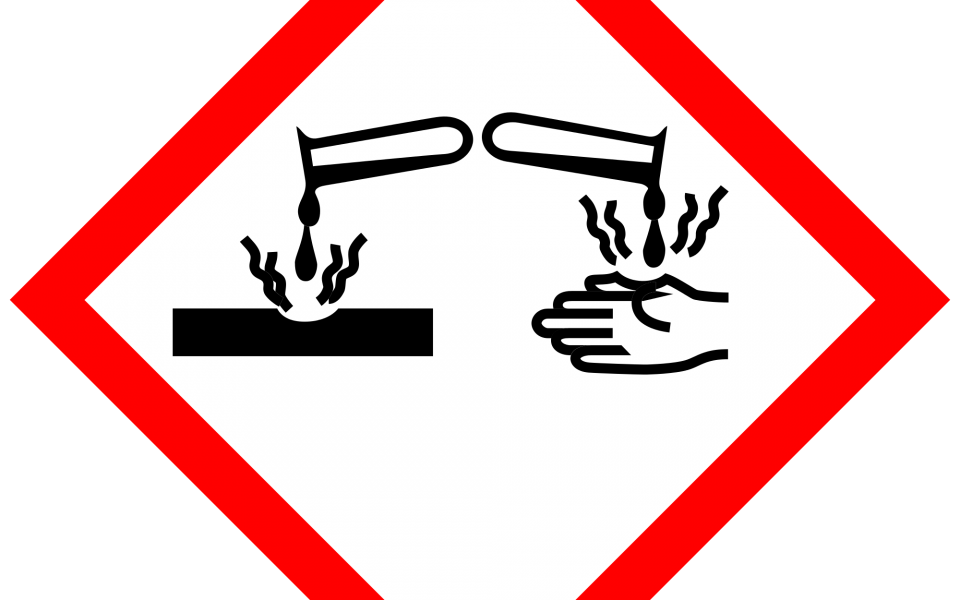Blog
A Guide to Stripping and Rejuvenating Your Hardwood Flooring
6 September 2016
Peerless JAL’s Online Training Portal is Here
20 April 2017What are the elements of the GHS?
In June we wrote to you bringing your attention to the changes taking place in classification of Hazardous Chemicals. In 2012 Australia began to transition to the Globally Harmonized System of Classification and Labelling of Chemicals (GHS), an international system used to classify and communicate chemical hazards.
The GHS was created by the United Nations to create a single worldwide methodology for chemical classification, labelling and Safety Data Sheets (SDS). But what are the differences in the classification system for you as the end user of hazardous chemicals? There are four main elements to the changes in hazard communication under the GHS.
Pictograms
There are nine hazard pictograms in the GHS which represent the physical, health and environmental hazards. The most common ones that you will come across in association with our products are:
 The Corrosive symbol.
The Corrosive symbol.
This relates mostly to the ability of product to corrode either skin or eye tissue. A product can be corrosive only to eyes, or to both skin and eyes. Either way it will carry the same pictogram. If a product is classified under GHS as corrosive to skin it will also be corrosive under the ADG code (transport). This is not the same for eyes.

The Exclamation mark pictogram
This covers a number of different hazard types including, but not limited to; acute toxicity (oral, dermal, inhalation), Skin irritation, Eye irritation and Skin sensitization. For Peerless Jal products it will be mostly be applied due to skin or eye irritancy.
Signal words
The GHS uses ‘Danger’ and ‘Warning’ as signal words to indicate the relative level of severity of a hazard. ‘Danger’ is used for the more severe or a significant hazard. In cases where the product is classified under both the Poison Schedule and the GHS, which occurs with products also used in the domestic sphere, the main signal word will continue to be ‘Caution’ or ‘Poison’.
Hazard and precautionary statements
Where previously the NOHSC classification system communicated hazards through ‘Risk’ and ‘Safety’ phrases, GHS talks about ‘Hazard’ and ‘Precautionary’ statements. As the names suggest hazard statements describe the hazard while precautionary statements recommended measures to minimize or prevent adverse effects. The GHS precautionary statements cover prevention, response, storage and disposal.
Safety data sheets
Under GHS, material safety data sheets become SDS. The format and most of the information are very similar except for Section 2 which identifies the hazards involved. Here, risk and safety phrases have been replaced by the hazard and precautionary statements. The associated pictograms are also displayed.
Do you know your obligations under the new act? Are you ready to supply your customers with the updated Safety Data Sheets and explain the new labels?
Register at www.peerlessjal.com.au to ensure you receive updates and invitations to training and webinars on the basics of GHS. Or talk to your Peerless Jal contact anytime to arrange specialised assistance.
Or talk to your Peerless Jal contact anytime to arrange specialised assistance.

